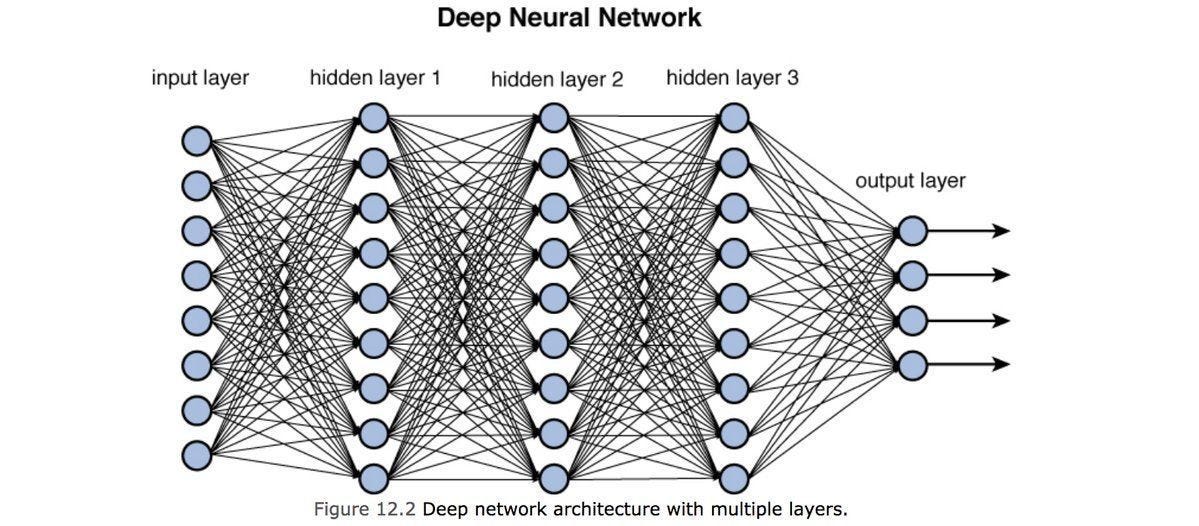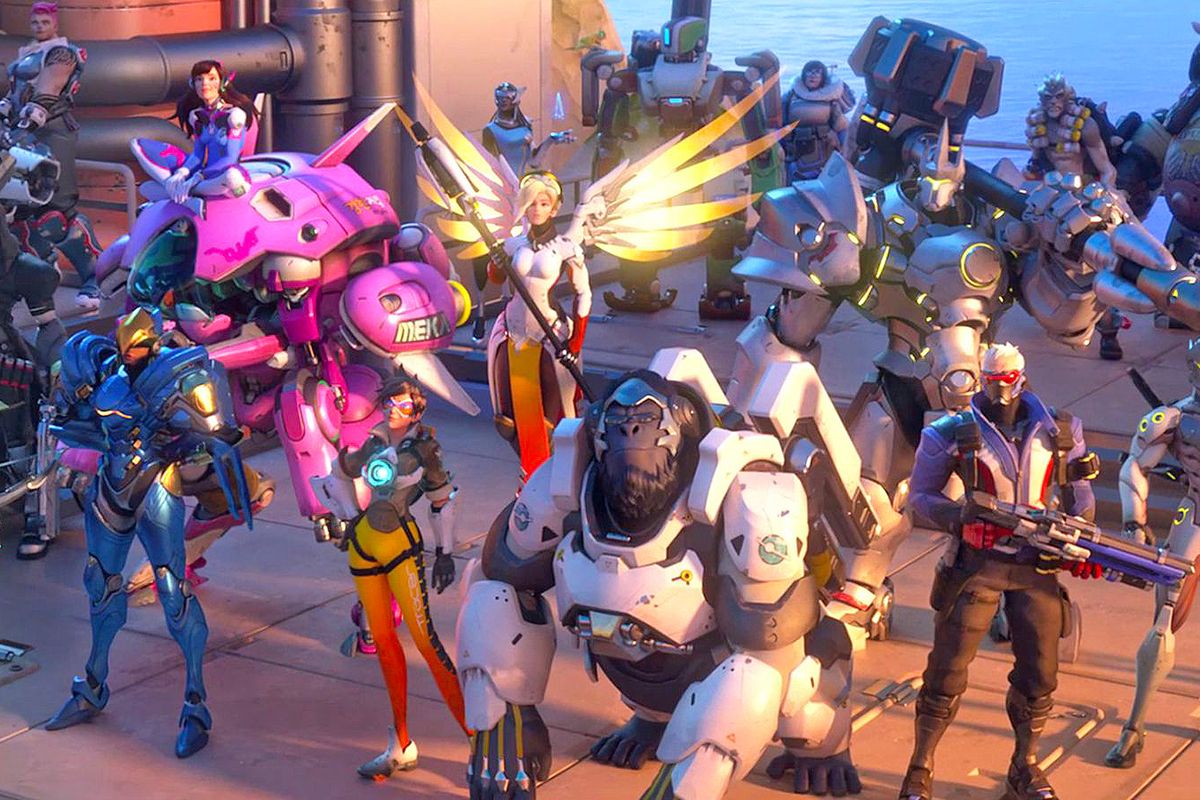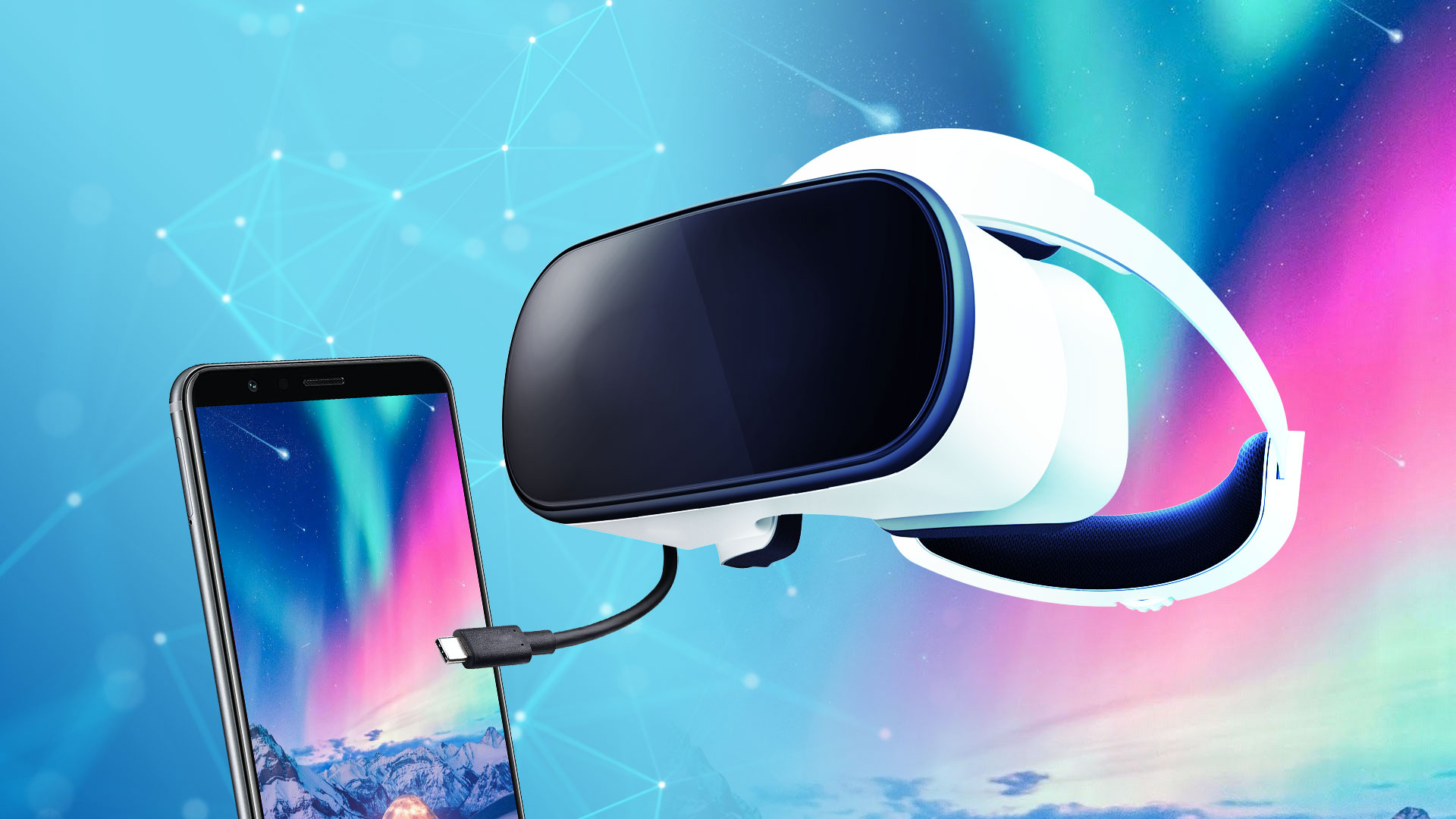
Open-Source Internship opportunity by OpenGenus for programmers. Apply now.
Table of Contents
- Introduction
- Intelligent NPCs and Behavior Modeling
- Procedural Content Generation
- Computer Vision and Object recognition
- Natural language processing
- Player Analytics and Personalization
- Quality Assurance and bug detection
- Game Design and Playtesting
- Deep Learning in VR/AR-Based Games
- Conclusion
Introduction:
Deep learning has emerged as a transformative force across various industries, and game development is reaping the benefits of this cutting-edge technology. With its capacity to analyze vast amounts of data and uncover intricate patterns, deep learning is revolutionizing game development in remarkable ways. From creating intelligent NPCs to generating immersive content, let's delve into the specific applications of deep learning that are shaping the future of gaming.

Below are lists of usecases that we are going to cover in the article:
- Intelligent NPCs and Behavior Modeling
- Procedural Content Generation
- Computer Vision and Object Recognition
- Natural Language Processing
- Player Analytics and Personalization
- Quality Asurance and Bug detection
- Game Design and Playtesting
Intelligent NPCs and Behavior Modeling:
Deep learning is at the forefront of creating intelligent non-player characters (NPCs) with realistic behaviors. By training deep neural networks on extensive datasets, developers can enable NPCs to make informed decisions, learn from player behavior, and exhibit human-like responses. For example, in a role-playing game, NPCs can dynamically adapt their strategies based on the player's actions, making the gameplay more challenging and engaging.
For example, in the game "The Last of Us Part II," NPCs were trained using deep reinforcement learning algorithms to respond to the player's tactics, learn from the environment, and exhibit emotions such as fear, anger, and surprise. Models such as deep recurrent Q-networks (DRQN) or deep deterministic policy gradient (DDPG) can be used to achieve more sophisticated NPC behaviors.
Procedural Content Generation:
Deep learning empowers developers to generate procedural content, including levels, maps, textures, and music. By training neural networks on existing game assets, algorithms can create new content that aligns with the game's style and aesthetics. This not only saves development time but also introduces a level of unpredictability and uniqueness to the game world.
An excellent example of procedural content generation using deep learning is the game "No Man's Sky." The game leverages GANs and VAEs to generate an entire universe with billions of procedurally generated planets, each with its own distinct terrain, flora, and fauna. This approach allows for an infinite and ever-evolving game environment, providing players with limitless exploration possibilities.
Computer Vision and Object Recognition:
Deep learning, coupled with computer vision, plays a vital role in games involving augmented reality (AR), virtual reality (VR), or motion-based controls. Deep learning models enable real-time object detection, tracking, and recognition, enhancing player experiences and interactions with the virtual environment.
For instance, in the game "Beat Saber," deep learning algorithms based on CNN architectures analyze the player's movements and gestures captured by motion sensors. This enables precise tracking of the player's actions and ensures accurate feedback, resulting in a more immersive and responsive gameplay experience.
Natural Language Processing:
Deep learning models are instrumental in processing and understanding natural language inputs from players. This capability facilitates voice commands, chatbots, and conversational interactions with NPCs, making games more interactive and immersive.
An exemplary implementation of natural language processing using deep learning can be observed in the game "AI Dungeon." The game employs language models trained on vast datasets, such as GPT-3, to generate dynamic and engaging text-based adventures. Players can use natural language inputs to interact with the game world, shaping the story and receiving tailored responses based on their choices.
Player Analytics and Personalization:
Deep learning algorithms analyze large volumes of player data, including gameplay patterns, preferences, and feedback. This data-driven approach empowers developers to gain valuable insights into player behavior, identify trends, and create personalized game experiences.
In "Fortnite," deep learning is utilized to analyze player gameplay data, including strategies, building patterns, and weapon preferences. Models such as recurrent neural networks (RNNs) or self-attention mechanisms like the transformer model can extract meaningful insights from the data. This analysis helps developers understand player preferences and skill levels, enabling them to offer personalized recommendations, optimize in-game challenges, and improve matchmaking systems for fair and balanced gameplay.
Quality Assurance and Bug Detection:
Deep learning models can streamline the testing and bug detection phase of game development. By training neural networks on vast datasets of game features, developers can automate the process of identifying potential bugs, glitches, or anomalies, thereby enhancing the overall quality of the game.
For instance, the game "Overwatch" employs deep learning algorithms based on CNNs to automatically detect and flag suspicious player behaviors, such as cheating or exploiting game mechanics. This helps maintain fair play within the game and creates a more enjoyable experience for all players.

Game Design and Playtesting:
Deep learning assists in game design by simulating and predicting player behavior, game balance, and user engagement. By leveraging deep learning models, developers can analyze player interactions, preferences, and feedback to fine-tune game mechanics, optimize difficulty levels, and create more engaging gameplay experiences.
A notable example is "God of War" (2018), where deep learning algorithms were used to analyze player behavior and adjust the game's difficulty dynamically. Reinforcement learning models, such as DQN or PPO, observed player performance and adapted enemy AI and combat mechanics to maintain an optimal level of challenge, keeping players fully engaged throughout the journey.
Deep Learning in VR/AR-Based Games:
Virtual reality (VR) and augmented reality (AR) have gained immense popularity in the gaming industry, and deep learning plays a crucial role in enhancing these immersive experiences.
Pose Estimation and Tracking:
Deep learning models, such as convolutional neural networks (CNNs) or pose estimation algorithms based on the OpenPose framework, are used to accurately estimate the pose and movements of players in VR/AR games. These models analyze video or sensor data to detect key body joints and track their positions in real-time. This enables precise tracking of the player's movements, ensuring accurate representation of the player's actions within the virtual environment.
Object Recognition and Interaction:
Deep learning models are employed to recognize and interact with virtual objects in VR/AR-based games. For example, convolutional neural networks (CNNs) or object detection models based on the YOLO (You Only Look Once) architecture can be used to detect and track real-world objects or markers, allowing for seamless integration of physical objects with the virtual world. This enables players to interact with virtual objects using real-world gestures or actions, enhancing the level of immersion and interactivity in the game.
Hand Gesture Recognition:
Deep learning techniques, such as convolutional neural networks (CNNs) or recurrent neural networks (RNNs), are utilized for hand gesture recognition in VR/AR-based games. These models can analyze sensor data from devices like hand-tracking gloves or depth sensors to accurately recognize and interpret hand gestures. By recognizing gestures, players can perform in-game actions or interact with the virtual environment using natural hand movements, creating a more intuitive and immersive gameplay experience.
Simulating Realistic Environments:
Deep learning models, particularly generative adversarial networks (GANs) or variational autoencoders (VAEs), are employed to simulate realistic environments in VR/AR-based games. These models learn from large datasets of real-world images or videos and generate new synthetic content that closely resembles the real world. By leveraging deep learning, developers can create visually stunning and immersive virtual environments, enhancing the sense of presence and realism for players.
Spatial Mapping and Scene Understanding:
Deep learning models are utilized for spatial mapping and scene understanding in VR/AR-based games. These models analyze sensor data, such as depth maps or point clouds, to generate accurate 3D representations of the physical environment. This allows for more realistic integration of virtual objects with the real world, enabling occlusion, interaction, and physics-based interactions in AR games.

Conclusion:
Deep learning has become an undeniable force in game development, transforming the way games are designed, played, and experienced. From creating intelligent NPCs to generating immersive content and personalizing gameplay experiences, the applications of deep learning in game development are vast and ever-evolving. As technology continues to advance, we can anticipate further innovations that push the boundaries of gaming, providing players with unprecedented levels of immersion, personalization, and enjoyment.
The integration of deep learning in game development signifies a new era of interactive entertainment, where games become more intelligent, adaptive, and captivating than ever before. With every new breakthrough, deep learning propels the gaming industry forward, solidifying its position as a driving force in shaping the future of digital entertainment.
